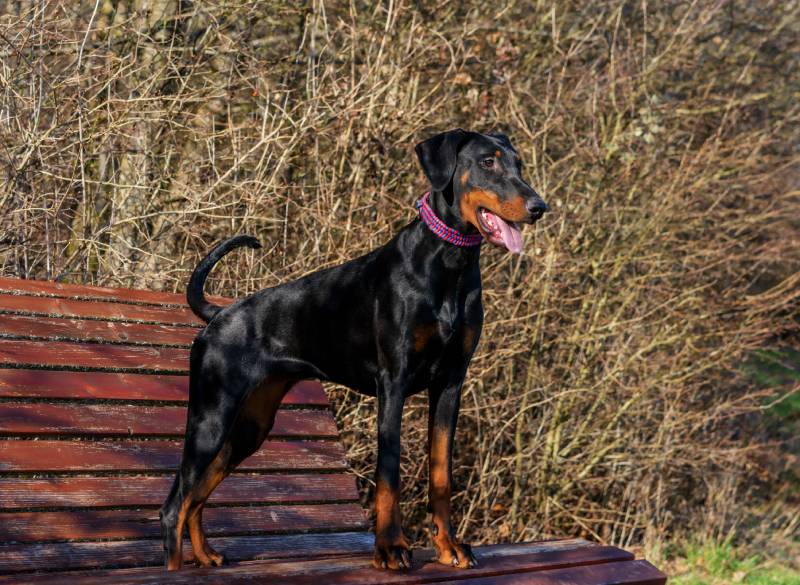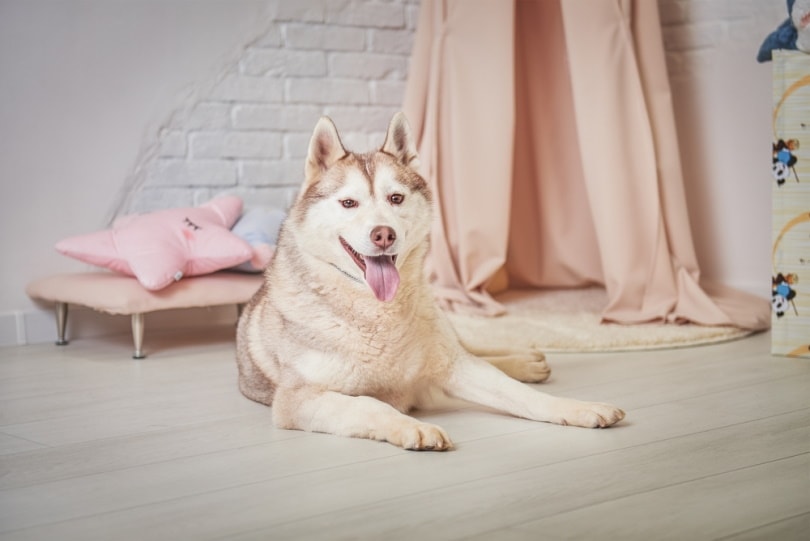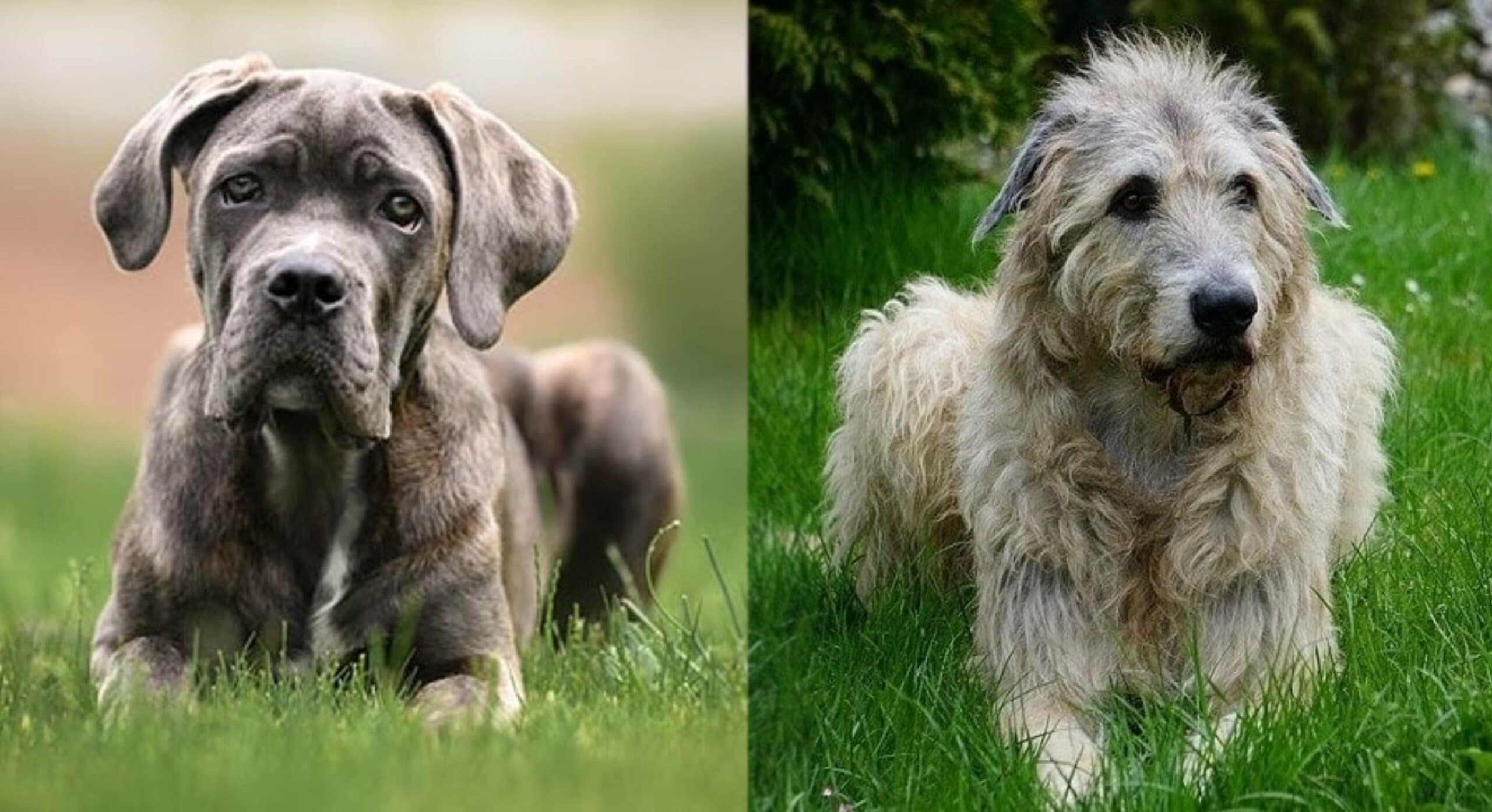How Big Do Shiba Inus Get? Average Growth & Weight Chart
By Hanh Duong
Updated on
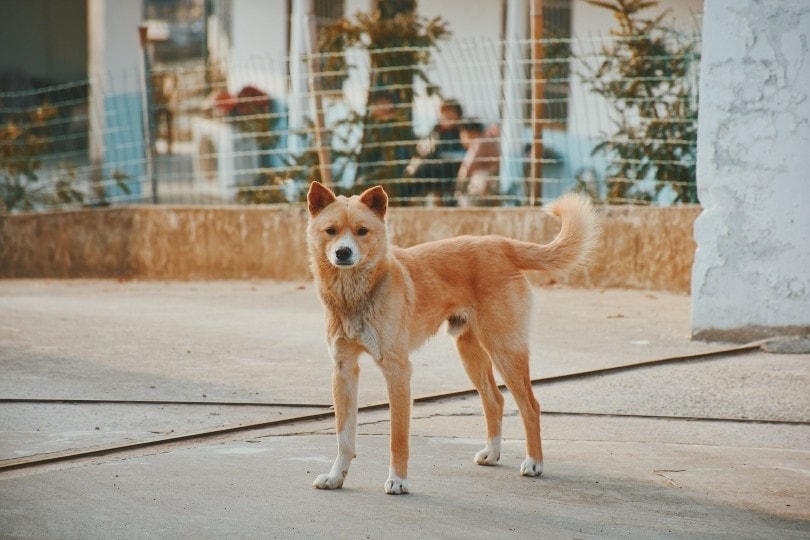
Click to Skip Ahead
Shiba Inus are a popular choice for experienced owners looking for a devoted companion. These dogs have a “fox-like” appearance and confident personality that make them a popular breed around the world. The breed is one of the six national treasures of Japan and the most popular as well.
If you’re the lucky owner of one of these happy-faced puppies, you may wonder how large your Shiba puppy will get and when it’ll stop growing. Both sexes can weigh between 17 and 23 pounds as adults and range from 14.5-16.5 inches for the males and 13.5- 15.5 for females.
You can use this article as a reference to keep track of your pet’s growth rate, however, all dogs are different, so the information below is a general overview only. Depending on their circumstances, some canines may develop a little more slowly or quickly.
Shiba Inu Breed Overview
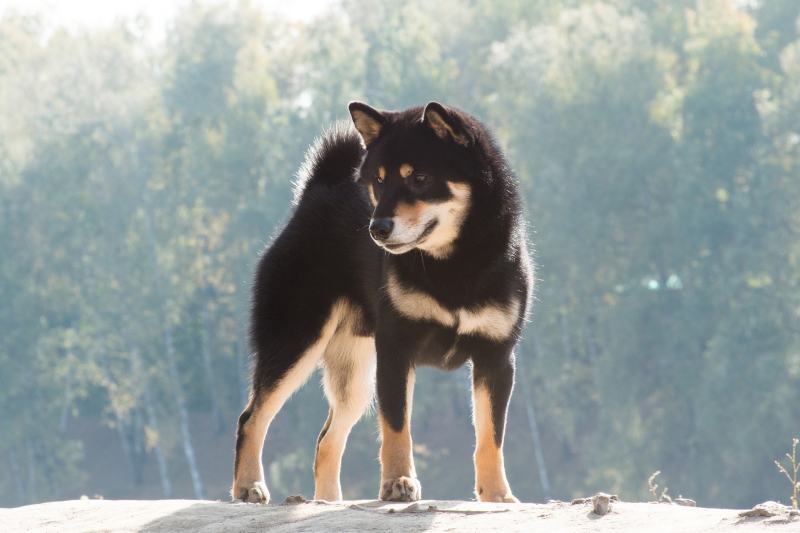
Compared to other dogs in the same family, the Shiba Inu is relatively small, but they have the heart of a lion. The modern Shiba Inu is known for being a vigilant watchdog and for their courageous, lively character.
Shiba Inus are dogs, of course, but owning one can sometimes make you feel more like you’re raising a cat! This is because Shibas have a robust personality combined with quiet independence. They tend to be a little more aloof than other breeds of dogs their size and can be just as stubborn and set in their ways as cats. A Shiba Inu generally finds pleasure in sleeping alone in another room, unlike some pets that can’t stand to be more than a few feet from their owners.
Shiba Inu Size and Growth Chart
Due to their compact, muscular bodies, Shiba Inus might look deceptively large in photos, but they actually fall under the medium dog breed category.
Keep in mind that the numbers listed here are estimates. If your dog is a little different, don’t worry about it. However, check with your veterinarian to determine their size and health if you believe your pup to be much smaller or larger than the typical Shiba Inu weight.
| Age | Weight Range |
| 1 month | 3–7 pounds |
| 2 months | 4–9 pounds |
| 3 months | 7–11 pounds |
| 4 months | 9–13 pounds |
| 5 months | 10–15 pounds |
| 6 months | 12–17 pounds |
| 7 months | 14–18 pounds |
| 8 months | 15–19 pounds |
| 9 months | 16–20 pounds |
| 10 months | 16–22 pounds |
| 11 months | 17–23 pounds |
| 1 year | 17–23 pounds |
| 2 years | 17–23 pounds |
When Does a Shiba Inu Stop Growing?
Big growth spurts occur in Shiba Inus between 3 and 7 months old. They will almost double in size during these periods of growth before slowing down at about 8 months of age and continuing to develop more slowly until they are about 1 year old when they will have attained their full size for the most part.
The Shiba Inu stops growing at around the age of 1. If your canine is younger than that, expect them to keep filling out. You can ask the breeder for a more accurate mature size estimate based on the parents of your puppy and their past litters.
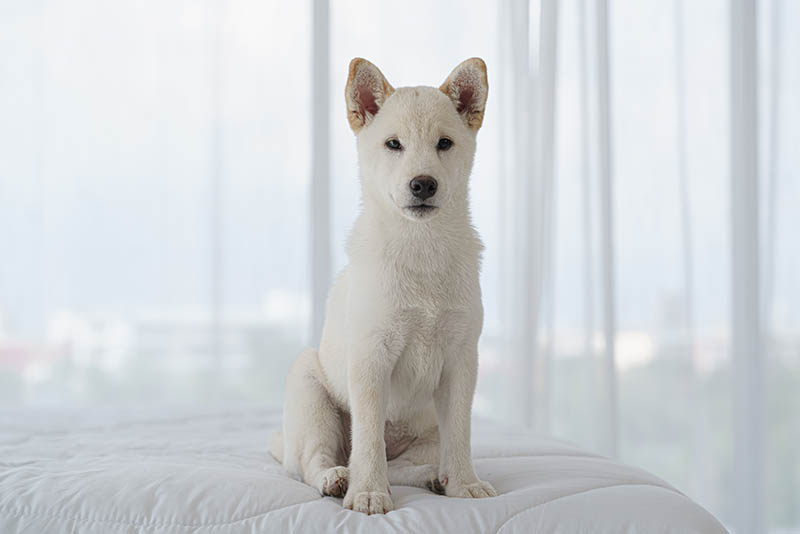
Factors Affecting the Size of Shiba Inus
Males are sometimes slightly taller and heavier than females. Of course, nutrition also has an impact on your dog’s size. Ensure they receive the proper nutrients if you want to see your furry friend grow into a large, attractive adult. Genes are the third factor. If the dog’s parents are big and tall, they tend to be like that too. In contrast, the puppies of smaller, lighter dogs also tend to grow up to be just as small.
Ideal Diet for Maintaining a Healthy Weight
Every dog should receive a high-quality and balanced diet. Dogs who eat well may grow to the typical adult size on schedule without issues. Unfortunately, malnutrition will affect some pets, which results in slower growth and low body weight. Shibas need the proper ratio of nutrients to maintain their normal development.
Dogs are not strictly carnivores. Domestic canines can get nutrition from fruits, grains, and vegetables in addition to the meat that makes up most of their diet. These non-meat foods can be a valuable source of fiber, vitamins, and minerals. The best dog diet will have high-quality variations of these components that are suitable for their digestive system.
The most common dog food options are dry kibble or canned wet food—dogs can get all the nutrients they require to maintain good health from them. High-quality commercial dog diets are strictly regulated and have gone through extensive testing by veterinary professionals.
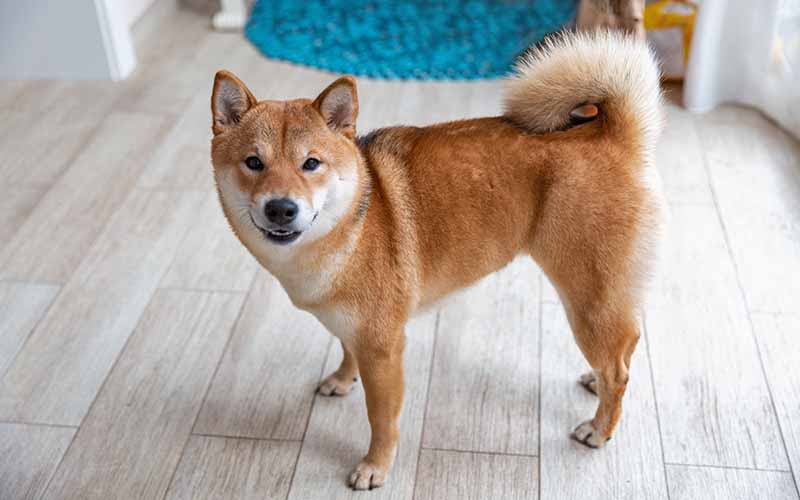
How to Measure Your Shiba Inu
Get the necessary tools. While a string or tape measure can also work, you should use fabric tape for the most accurate measurements. To record the information, grab a notebook and a pen.
Take measurements while your dog is standing. To keep the dog steady while you’re doing this, ask a friend or family member to help hold them. You can also try to measure against a wall. It can keep your Shiba still while you do the work.
Conclusion
The official Shiba Inu breed standards of the American Kennel Club state that a male Shiba Inu should be between 14.5 and 16.5 inches in height. A female Shiba Inu typically stands between 13.5 and 15.5 inches tall. Both sexes can weigh between 17 and 23 pounds as adults, but females tend to be slightly smaller than males. When fully developed, a Shiba Inu should be compact and balanced.
Their dense coats and naturally stocky stature can effectively conceal weight gain, so you need to be careful. Shiba Inus have a high risk of obesity, which can lead to many health issues. You can get a customized, medically informed care plan for your pup by consulting your veterinarian about their ideal weight, diet, and exercise needs.
Featured Image Credit: Sakura, Unsplash


